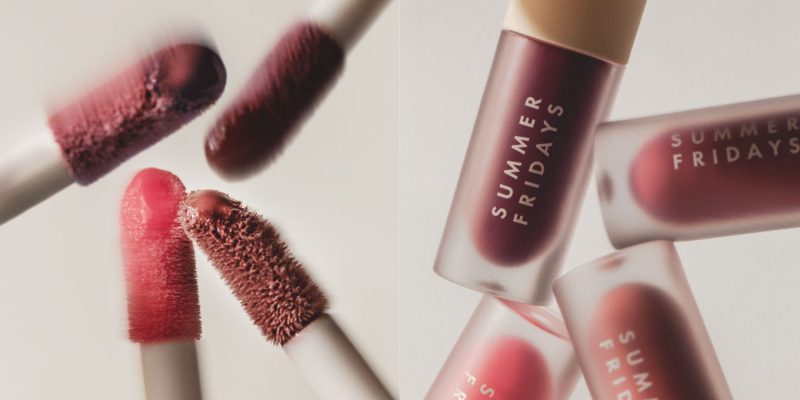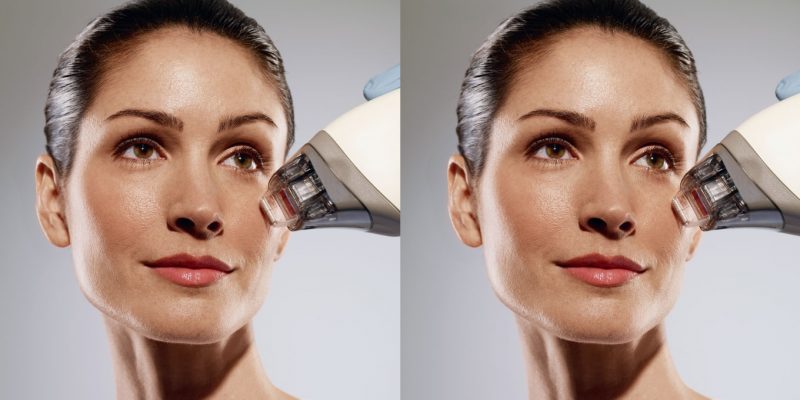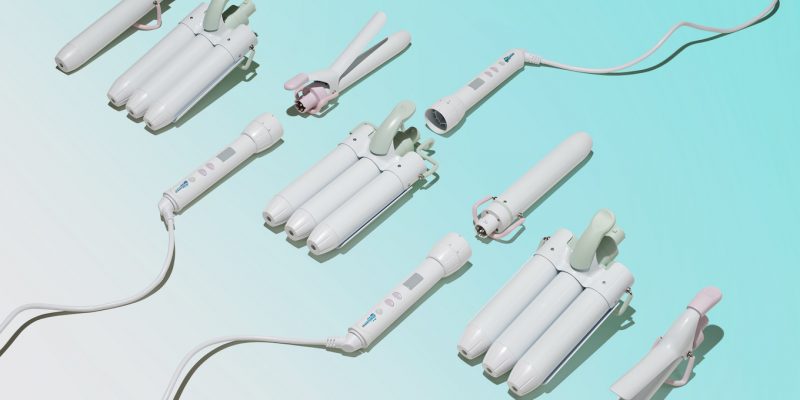Beauty
How to Properly Recycle Beauty Product Packaging
Chances are you're going through a lot of soap and hand lotion right now.
by : Melissa Fejtek- Apr 22nd, 2021
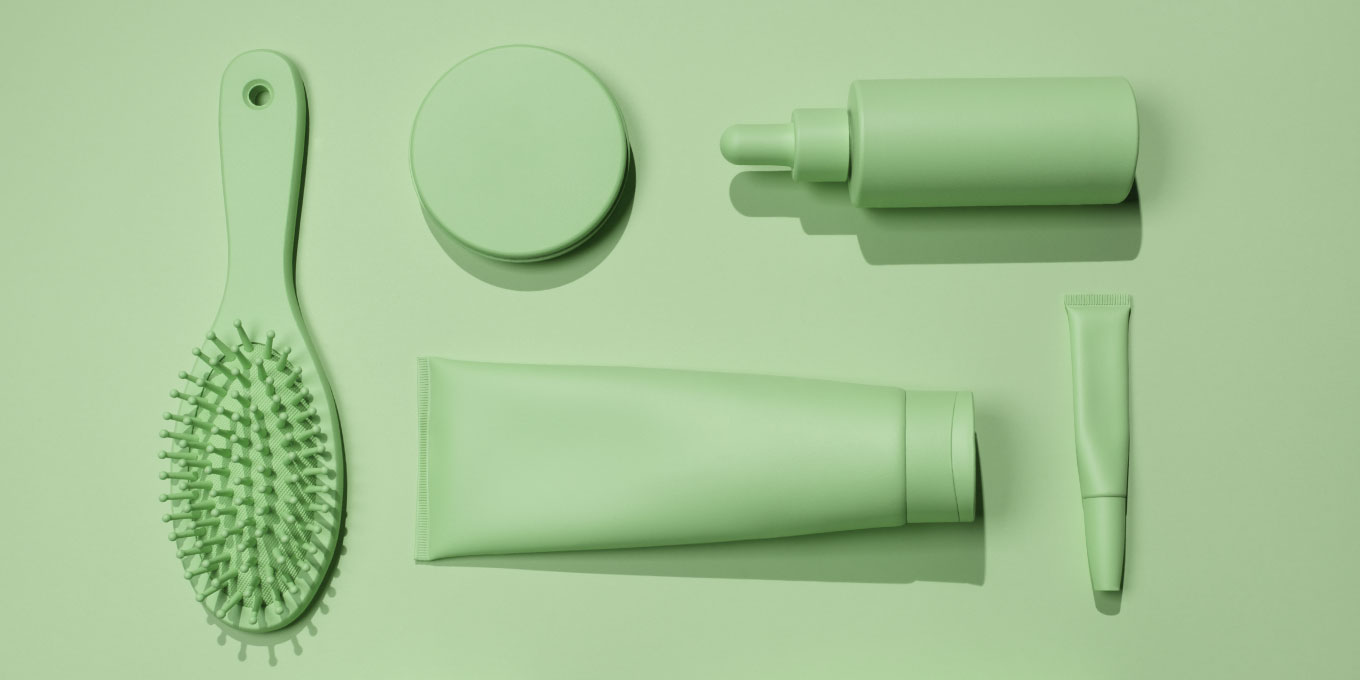
Getty
Empty It Out
As a rule of thumb, containers need to be rinsed and free of product before being recycled. Fragrances and products like nail varnish, polish remover and aftershave are considered hazardous waste and unsafe for recycling. “Anything that has product left in it should go back to a household hazardous waste depot, where they make sure the materials go in the right place,” says Nadine Kerr, manager of resource recovery for Solid Waste Management Services at the City of Toronto. “It can cause equipment breakdown and hazards for the people who are working at these facilities.” In particular, aerosol cans must be completely emptied and depressurized – failure to remove excess product can cause an explosion while the can is being processed. Waste processing varies between municipalities. In Toronto, the main guide for recycling protocol is the TOwaste app. Elsewhere, check with your local municipality.
Don’t Just Hope for the Best
Chucking your empties, even if they’re thoroughly rinsed, into the blue bin simply doesn’t cut it. “Aspirational recycling” refers to when “consumers aren’t sure if something’s recyclable or if it will get recycled because maybe it has some product in it, but they put it in anyway because they want to give it a chance,” says Michael Waas, global vice president of brand partnerships at TerraCycle. When not separated, mixed-component packaging – even if made up of entirely recyclable matter – can’t be processed by most municipal recycling streams. “The line will kick out [contaminated] products, and usually the products surrounding them, because they’re operating very quickly and with a huge volume,” says Waas. Facilities are ill-equipped to sort through the tiny components (think multi-part pumps and caps) found in cosmetic vessels and their packages. Coils and spiral bindings, such as the ones found in pump bottles, cannot be recycled by municipal recycling streams and belong in the trash.
Understand The Signs
The Mobius loop – an international recycling symbol – does not guarantee a product will be recycled through your city’s stream. However, the numbers within the loop indicate the type of plastic used in the product. “The good news is if you have a container that has a number five or one, that product is all made of a single resin,” says Kerr, and that means those products are easier to recycle. Look out for number seven plastics – they’re often made up of multiple resins, making them more difficult to recycle.
Not the Answer
On the surface, biodegradable plastics may seem like a miraculous solution to the waste crisis, but packaging made of polylactic acid (a common biodegradable plastic derived from corn) won’t decompose unless it’s processed at a high-efficiency composting facility. “Biodegradable packaging doesn’t add a lot of value to the compost, and, as a result, composters don’t really want it,” says Waas. “The only sustainable solution is designing single use [plastics] out of the equation.”
Buy Greener
Use your purchasing power to put the onus on brands to streamline the recycling process. “Recycling is an economics challenge in that there is a technical recycling solution for absolutely every product and package,” says Waas. “The question is whether it makes economic sense for it to be recycled.” Most non-recyclable waste is considered as such because the cost to collect it exceeds the price for which the recovered material is sold. TerraCycle, the global recycling program behind Loop, has collection programs with brands like Caudalie, Weleda, Burt’s Bees and EOS, which are willing to absorb those costs. Return your brand-specific empties either by mail (free of charge) or in-store, and they will be remoulded into new products. If you aren’t brand-loyal, companies like L’Occitane, The Detox Market andDeciem have also partnered with TerraCycle and accept any product packaging at select locations.
This article originally appeared in the April 2020 issue of ELLE Canada. Subscribe here.
READ MORE:
Are Refillable Cosmetics the Future of Beauty?
Newsletter
Join our mailing list for the latest and biggest in fashion trends, beauty, culture and celebrity.
Read Next
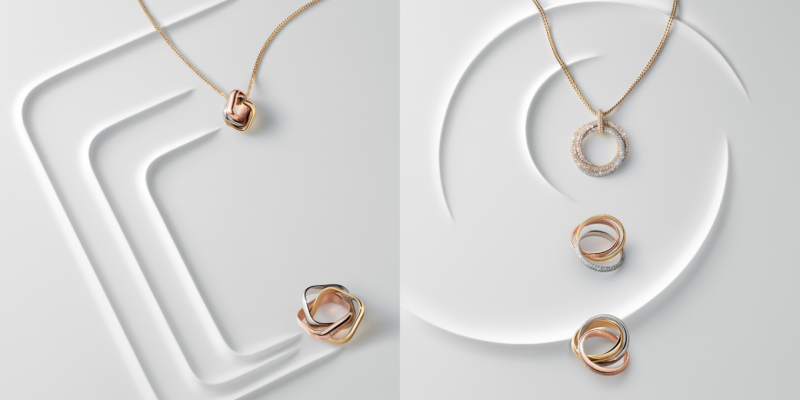
Fashion
Cartier Celebrates 100 Years of the Trinity Ring
What better way to celebrate an anniversary than with a new collection?
by : Allie Turner- Apr 19th, 2024

Culture
How to Spend 48 Hours in Mexico City
Where to discover the hidden gems—markets, mezcal, modern art—of the Central American capital.
by : Jennifer Nguyen- Apr 18th, 2024

Culture
This Maple Whipped Tofu Toast Is Unreal
Light, fluffy with a touch of zest, this maple syrup-infused toast is a slice of heaven.
by : Margaux Verdier- Apr 9th, 2024

